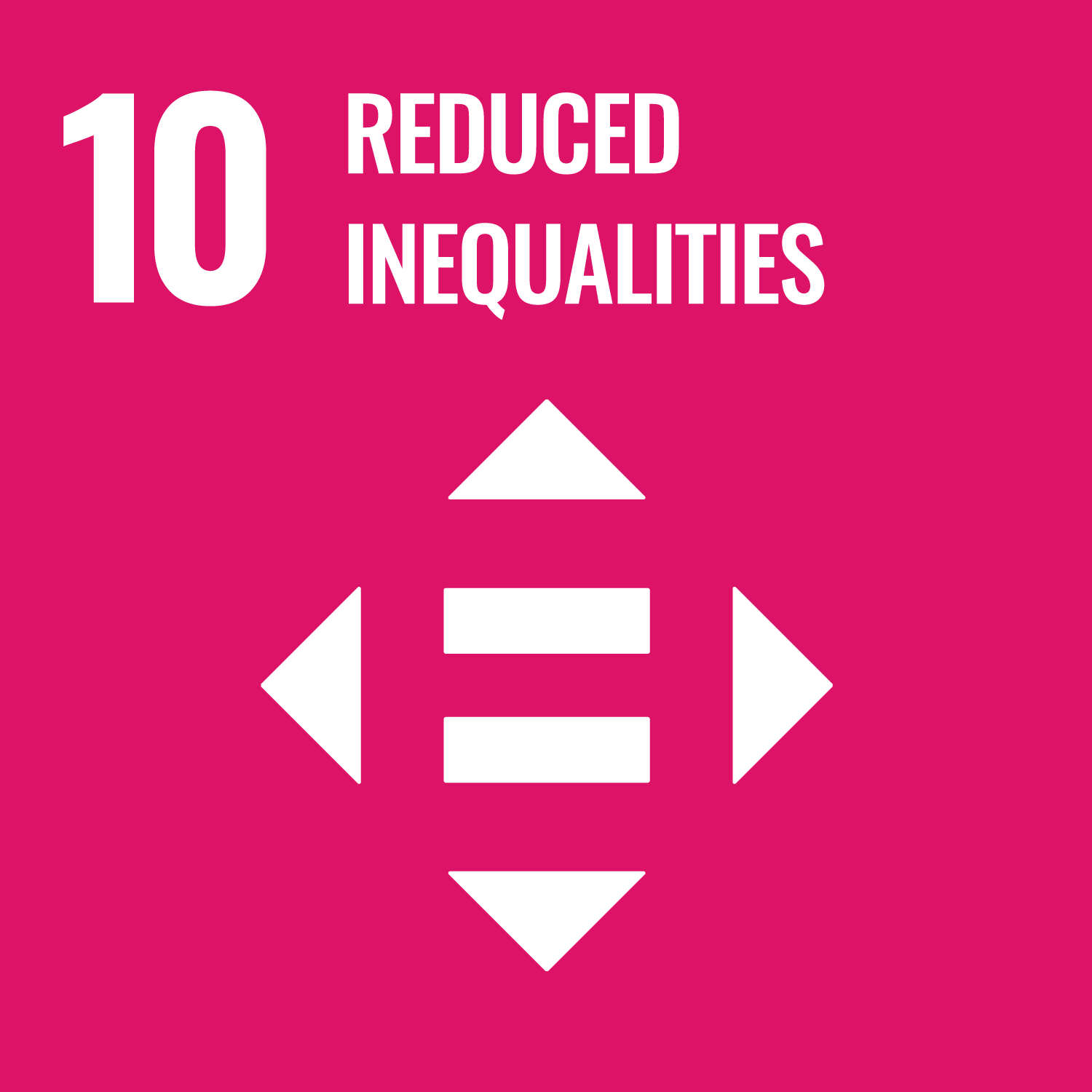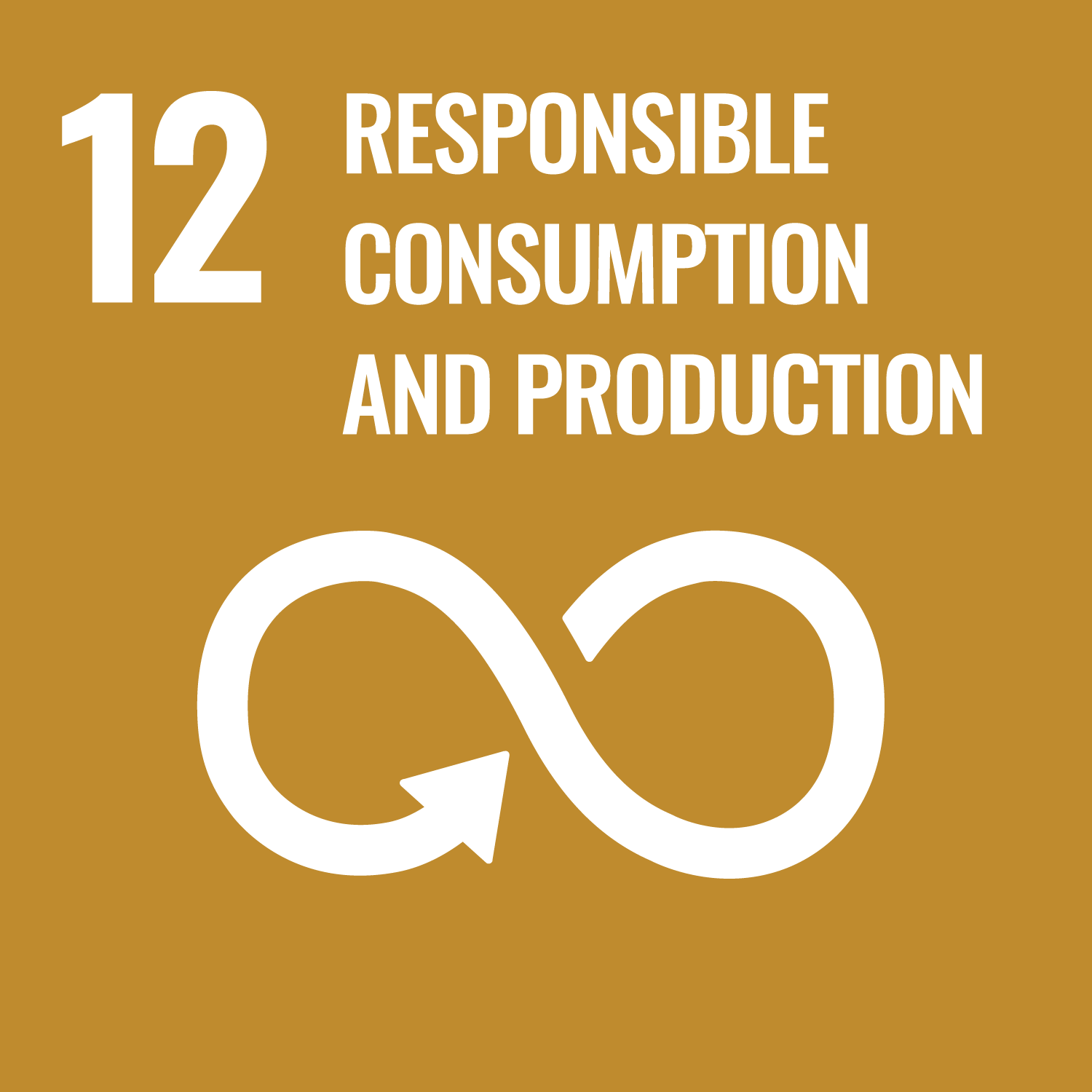Adranyi, Enoch, Stringer, Lindsay Carman orcid.org/0000-0003-0017-1654 and Altink, Henrice orcid.org/0000-0001-9123-0722 (2023) Impacts of artisanal and small-scale gold mining on rural livelihoods trajectories:insights from Ghana. The Extractive Industries ands society. 101273. ISSN: 2214-7918
Abstract
Rising gold prices, together with other challenges faced by smallholders, mean rural people in sub-Saharan Africa are increasingly taking advantage of ASGM's low barriers to entry and engage in artisanal and small-scale gold mining (ASGM) to make money on a regular basis. Yet, adequate knowledge on the impact of ASGM's emergence on rural livelihood trajectories is lacking, particularly for emerging ASGM communities. Understanding the long-term dynamics of community livelihoods as small-scale mining emerges is important to inform the design of appropriate sustainable rural livelihood policies. Existing scholarship has predominantly examined livelihood snapshots rather than exploring how present livelihood outcomes have emerged over time, and for whom. Guided by the sustainable livelihood framework, this paper uses a household questionnaire survey, oral history interviews, focus group discussions and transect walks to investigate livelihood trajectories in three farming communities engaged in ASGM in Atiwa West district, Ghana, from the early 1990s up to 2021, focussing particularly on changes since the rise of ASGM in 2010. Three distinct livelihood trajectories emerge — consolidation, fluctuation, and marginalisation — reflecting the different pathways followed by rural households. In this constrained, yet shared resource space, ASGM's emergence has benefitted the farmers turned miners and enhanced their livelihood outcomes. But it has had damaging consequences for livelihoods dominated by subsistence farming so that more rural people find themselves locked into poverty, due to competition for arable farmlands with ASGM appealing as a more lucrative option in the short term. Findings evidence the differential and unintended consequences of livelihood adjustments. They highlight the urgent need for well-targeted policies and sustainable livelihood strategies in farming communities where ASGM is emerging to provide effective linkages between rural livelihoods, agriculture, and mining, and address growing inequalities in livelihood trajectories posed by ASGM's emergence.
Metadata
| Item Type: | Article |
|---|---|
| Authors/Creators: |
|
| Copyright, Publisher and Additional Information: | © 2023 The Authors |
| Keywords: | Ghana,mining,gold,livelihood |
| Dates: |
|
| Institution: | The University of York |
| Academic Units: | The University of York > Faculty of Social Sciences (York) > Politics (York) The University of York > Faculty of Arts and Humanities (York) > History (York) The University of York > Faculty of Sciences (York) > Biology (York) The University of York > Faculty of Sciences (York) > Environment and Geography (York) |
| Depositing User: | Pure (York) |
| Date Deposited: | 26 Jun 2025 09:20 |
| Last Modified: | 20 Sep 2025 01:57 |
| Published Version: | https://doi.org/10.1016/j.exis.2023.101273 |
| Status: | Published |
| Refereed: | Yes |
| Identification Number: | 10.1016/j.exis.2023.101273 |
| Sustainable Development Goals: | |
| Open Archives Initiative ID (OAI ID): | oai:eprints.whiterose.ac.uk:228397 |
Download
Filename: 1-s2.0-S2214790X23000631-main.pdf
Description: The impacts of artisanal and small-scale gold mining on rural livelihood trajectories: Insights from Ghana
Licence: CC-BY 2.5




 CORE (COnnecting REpositories)
CORE (COnnecting REpositories) CORE (COnnecting REpositories)
CORE (COnnecting REpositories)